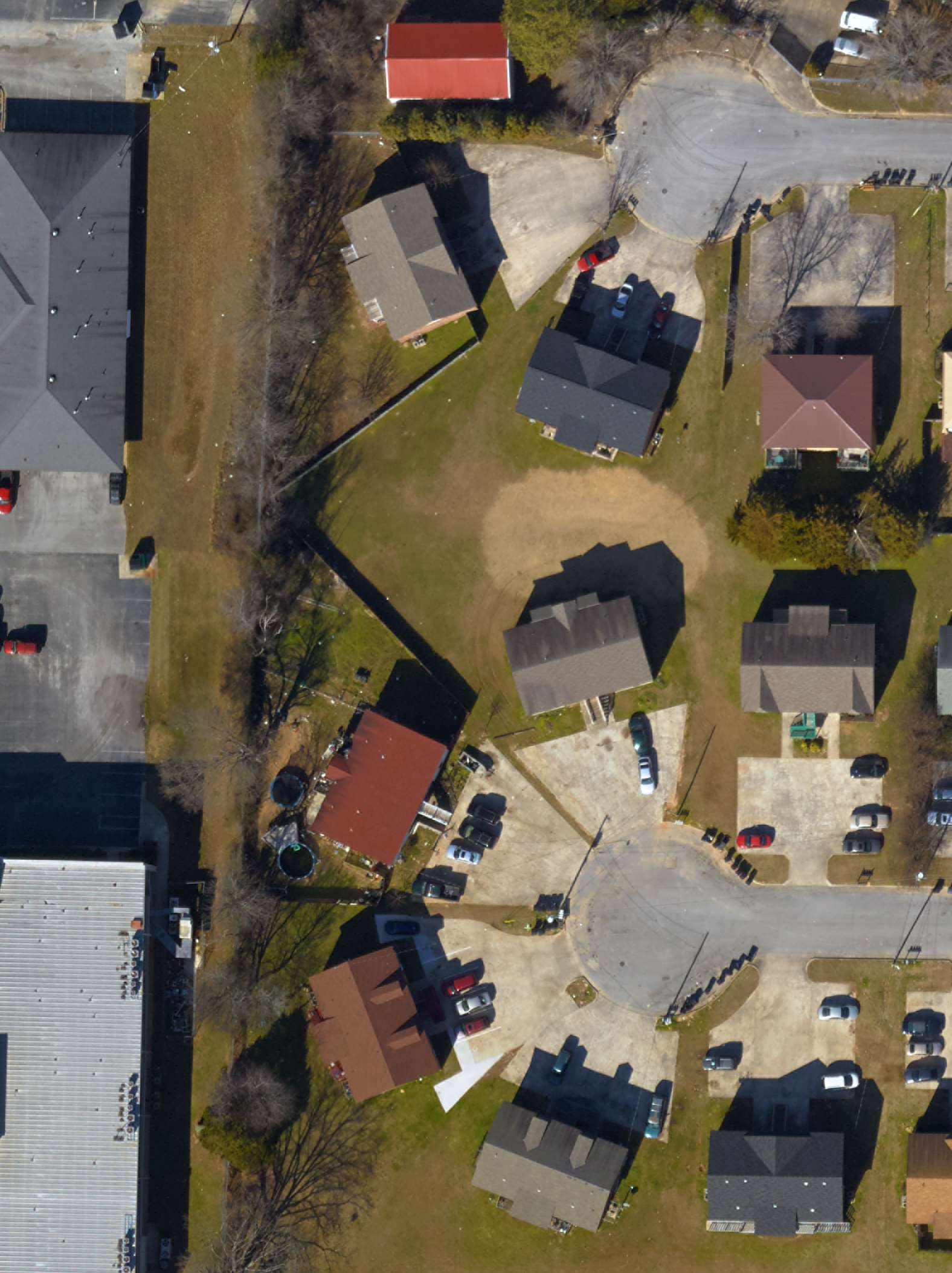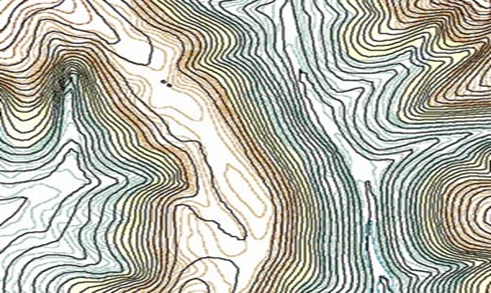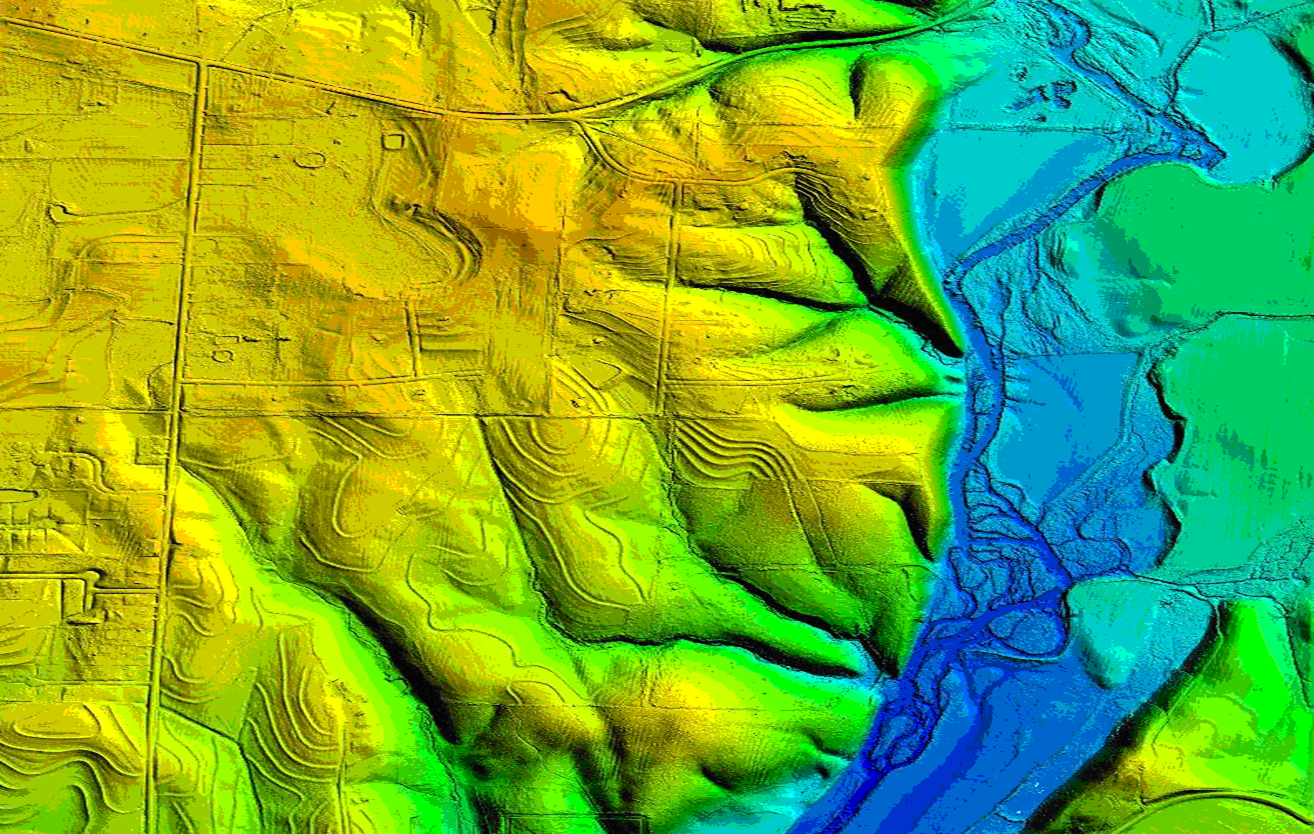Aerial Photogrammetry
An accurate base map is crucial for the development of any GIS. Spatial Net uses a digital ortho-photogrametric base map which meets ASPRS Postional Accuracy Mapping Standards for 3-inch/6-inch ground resolution. Because data integrity is essential, we ensure that everything is topologically correct form the start. Spatial Net delivers both high-resolution ortho-imagery maps and accurate 45 degree oblique images.
Our maps typically contain common planimetrics including road centerlines, edge of pavement, building outlines and basic hydrology. This facilitates group development and data sharing across a common system. Through a coordinated GIS Infrastructure, participating entities can share the advantages of better informed decision-making, faster response times, reduced field work, effective data management and, most importantly cost sharing.



